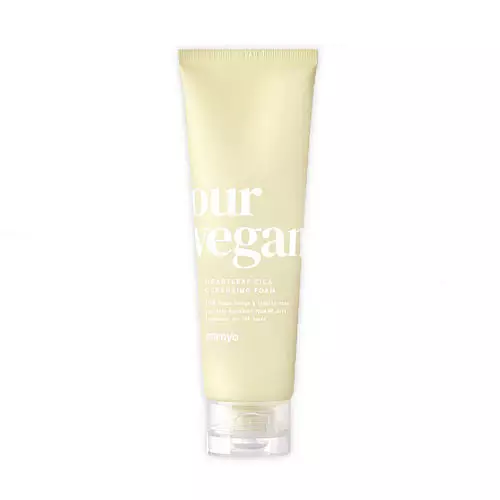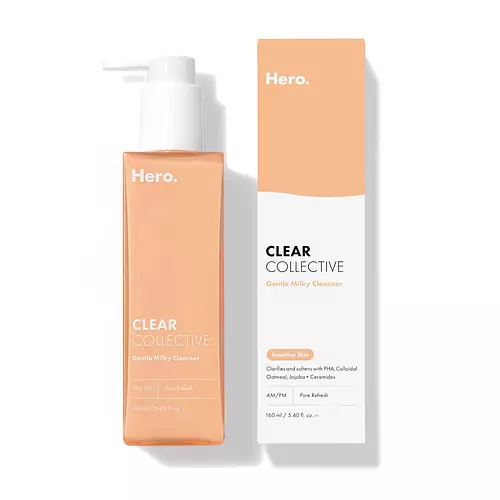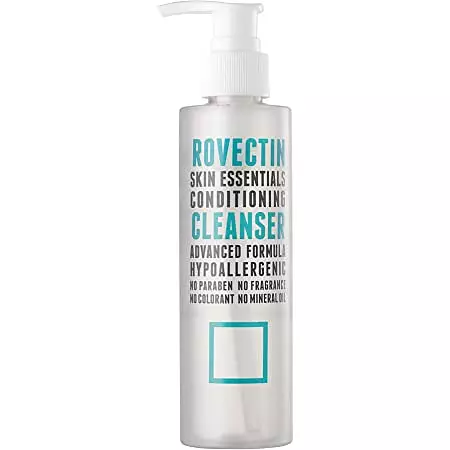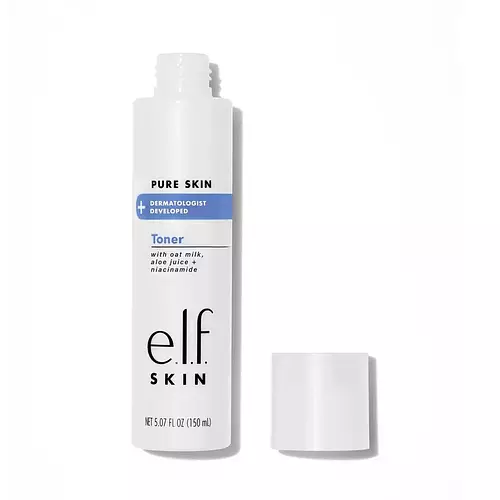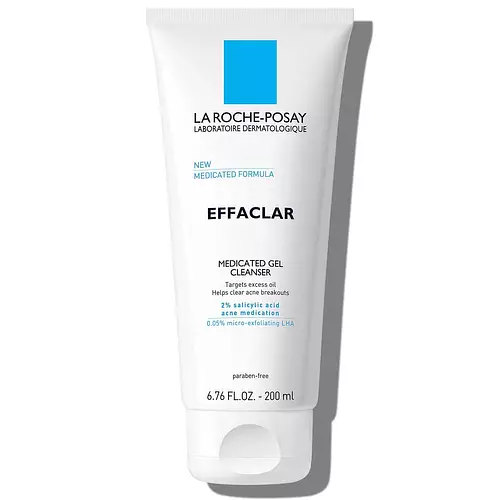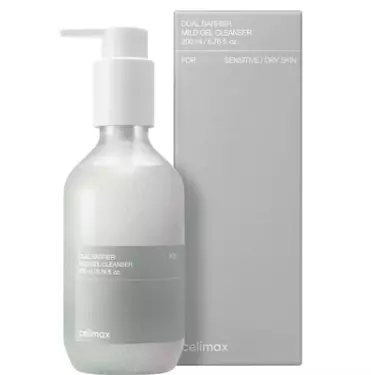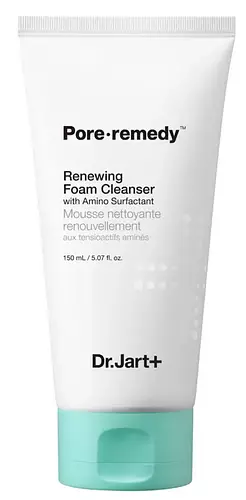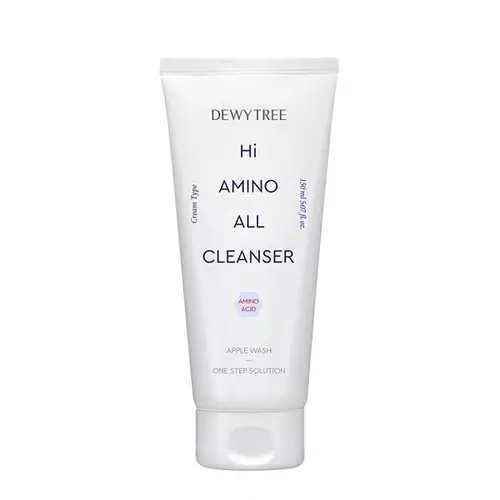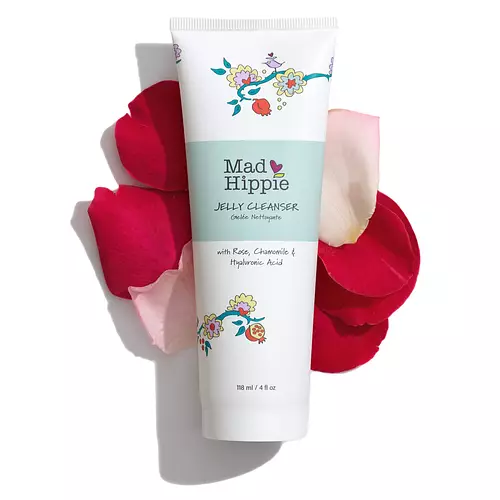ma:nyo Our Vegan Heartleaf Cica Cleansing Foam Versus Hero Cosmetics Gentle Milky Cleanser
Overview
What they are
These products are both vegan, cruelty-free, and reef safe face cleansers. They have a total of 3 ingredients in common
Cool Features
They both contain PHA
Suited For
They're both likely to be good for anti aging, dry skin, sensitive skin and better texture
Free From
They both do not contain any harsh alcohols, common allergens, parabens, silicones or sulfates
We independently verify ingredients, and our claims are backed by peer-reviewed research. Spot a product that needs an update? Let us know.
Ingredient Info
ma:nyo Our Vegan Heartleaf Cica Cleansing Foam 19 ingredients
Hero Cosmetics Gentle Milky Cleanser 37 ingredients
At a glance
Click on any of the items below to learn more
ma:nyo Our Vegan Heartleaf Cica Cleansing Foam 19 ingredients
Hero Cosmetics Gentle Milky Cleanser 37 ingredients
Notable Ingredients
This product contains 1 ingredient that may have this attribute:
Benefits
This product contains 1 ingredient that may have this attribute:
This product contains 2 ingredients that may have this attribute:
This product contains 1 ingredient that may have this attribute:
This product contains 1 ingredient that may have this attribute:
This product contains 1 ingredient that may have this attribute:
This product contains 1 ingredient that may have this attribute:
Concerns
This product contains 1 ingredient that may have this attribute:
Notable Ingredients
This product contains 1 ingredient that may have this attribute:
This product contains 3 ingredients that may have this attribute:
This product contains 2 ingredients that may have this attribute:
Benefits
This product contains 6 ingredients that may have this attribute:
This product contains 3 ingredients that may have this attribute:
This product contains 2 ingredients that may have this attribute:
This product contains 1 ingredient that may have this attribute:
This product contains 3 ingredients that may have this attribute:
Concerns
This product contains 1 ingredient that may have this attribute:
This product contains 1 ingredient that may have this attribute:
This product contains 2 ingredients that may have this attribute:
This product contains 1 ingredient that may have this attribute:
Ingredients Side-by-side
Ingredients Explained
These ingredients are found in both products.
Ingredients higher up in an ingredient list are typically present in a larger amount.
Water. It's the most common cosmetic ingredient of all. You'll usually see it at the top of ingredient lists, meaning that it makes up the largest part of the product.
So why is it so popular? Water most often acts as a solvent - this means that it helps dissolve other ingredients into the formulation.
You'll also recognize water as that liquid we all need to stay alive. If you see this, drink a glass of water. Stay hydrated!
Learn more about WaterGluconolactone is a PHA. PHAs are a great gentle alternative to traditional AHAs.
When applied, Gluconolactone has the same affect on skin as AHAs such as lactic acid. It helps dissolve the dead skin cells in the top layer of your skin. This improves texture and brightens the skin.
PHAs are more gentle than AHAs due to their larger structure. They do not penetrate as deeply as AHAs and take a longer time to dissolve dead cells. Studies show PHAs do not cause as much irritation.
Gluconolactone has some interesting properties:
In a 2004 study, Gluconolactone was found to prevent UV damage in mouse skin cells. Gluconolactone has not been found to increase sun sensivity. However, we still recommend wearing SPF daily.
This ingredient is is an created by reacting gluconic acid with an alcohol.
Learn more about GluconolactoneEthylhexylglycerin (we can't pronounce this either) is commonly used as a preservative and skin softener. It is derived from glyceryl.
You might see Ethylhexylglycerin often paired with other preservatives such as phenoxyethanol. Ethylhexylglycerin has been found to increase the effectiveness of these other preservatives.
Ingredient Ratings
Here's what our community thinks of the ingredients in these products.
When to use
ma:nyo Our Vegan Heartleaf Cica Cleansing Foam 19 ingredients
Hero Cosmetics Gentle Milky Cleanser 37 ingredients

Reviews
Here's what our community thinks
ma:nyo Our Vegan Heartleaf Cica Cleansing Foam 19 ingredients
Hero Cosmetics Gentle Milky Cleanser 37 ingredients
Clover
HOLY GRAIL for dry acne prone skin
From the first time I used this I knew I was going to give it 5 stars, but I forced myself to use it for a...
HOLY GRAIL for dry acne prone skin
From the first time I used this I knew I was going to give it 5 stars, but I forced myself to use it for a couple months first to really give it a fair review. Finding the perfect cleanser for dry acne prone skin had been a struggle. I wanted something that never irritated or dried out my skin, but I also wanted something with actives to help combat both my dry flakes and my acne. This is the perfect cleanser for my needs! With ingredients like oatmeal, jojoba, and ceramides, my skin feels soothed and never dry (I can even leave this cleanser on my skin for several minutes with zero irritation or dryness). The milky formula of this cleanser is non-foaming and gentle, which for me makes it enjoyable to massage into my skin. This also contains PHA as its active, which isn’t the strongest exfoliator out there but personally I find it’s best to keep my cleansing step gentle, and if desired I can incorporate a stronger active later in my routine. I don’t have particularly sensitive skin, so I can’t say whether or not it will irritate someone whose skin is sensitive, but for other dry acne prone folks out there like me, I highly recommend giving this cleanser a try.
